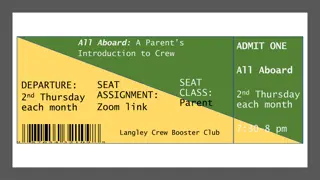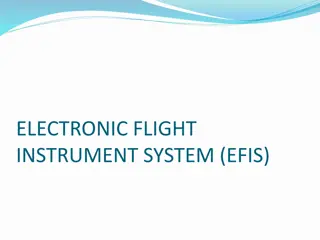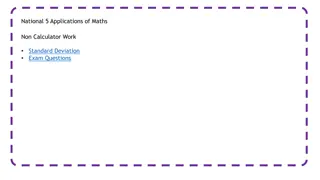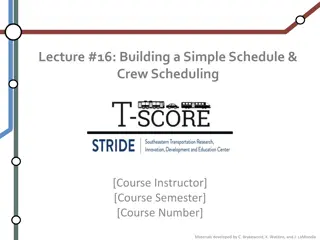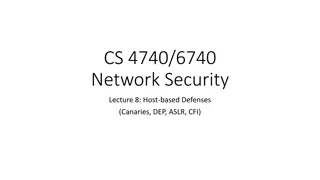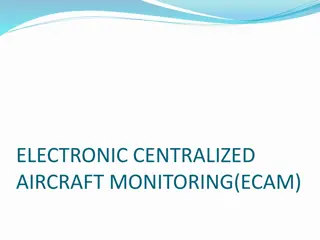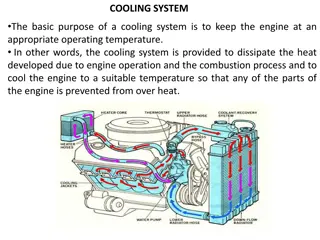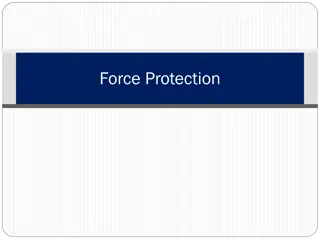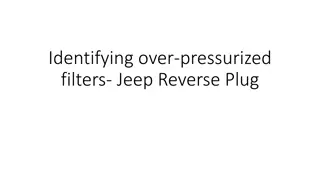Understanding the Engine Indicating and Crew Alerting System (EICAS)
An Engine Indicating and Crew Alerting System (EICAS) is an integrated system used in modern aircraft to provide crucial data on engine parameters and other systems to the crew. EICAS, a key feature of glass cockpit systems, categorizes displays and alerts into operational, status, and maintenance modes. It uses color-coding to convey warnings, cautions, and advisories, with distinct levels of urgency for crew response.
Download Presentation

Please find below an Image/Link to download the presentation.
The content on the website is provided AS IS for your information and personal use only. It may not be sold, licensed, or shared on other websites without obtaining consent from the author. Download presentation by click this link. If you encounter any issues during the download, it is possible that the publisher has removed the file from their server.
E N D
Presentation Transcript
ENGINE INDICATING AND CREW ALERTING SYSTEM (EICAS)
An (EICAS) is an integrated system used in modern aircraft to provide aircraft crew with aircraft engines and other systems instrumentationand crew annunciations. EICAS typically includes instrumentation of various engine parameters, including for example revolutions per minute, temperaturevalues, fuel flowand quantity, oil pressureetc. Typical other aircraft systems monitored by EICAS are for example hydraulic, pneumatic, environmental and control surface systems. EICAS has high connectivity & providesdataacquisitionand routing. engine-indicating and crew-alerting system electrical, deicing,
EICAS is a key function of a glass cockpit system, which replaces all analog gauges with software-driven electronic displays. Most of the display area is used for navigation and orientation displays, but one display or a section of a display is setaside specifically for EICAS. The crew-alerting system (CAS) is used in place of the annunciatorpanel on oldersystems. Rather than signaling a system failure by turning on a light behind a translucent button, failures are shown as a list of messages in a small window near the other EICAS indications.
EICAS categorizes displays and alerts according to function and usage into modes: Operational: Engine operating information and any alerts required to be actioned by the crew in flight. Only upper display presents information. Status: Providesdetails about the readiness of the aircraft Maintenance: Trouble-shooting and verification testing of the majorsub-systems
EICAS distinguishes 7 colors: White: all scales, normal operating range of pointers, digital readouts Red: warning messages, maximum operating limit marks, digital readouts Green: thrust mode EPR/N1(Engine Pressure Ratio/N1 compressor) speed marks or target cursors Blue: testing of the system only Yellow: caution and advisory messages, caution limit markson scales, digital readouts Magenta: during in-flightengine starting Cyan: names of all parameters being measured and status marks readout, selected
Level A warnings requiring immediate correction activity Level B cautions requiring immediate crew awareness and possible activity Level C advisories requiring crew awareness






